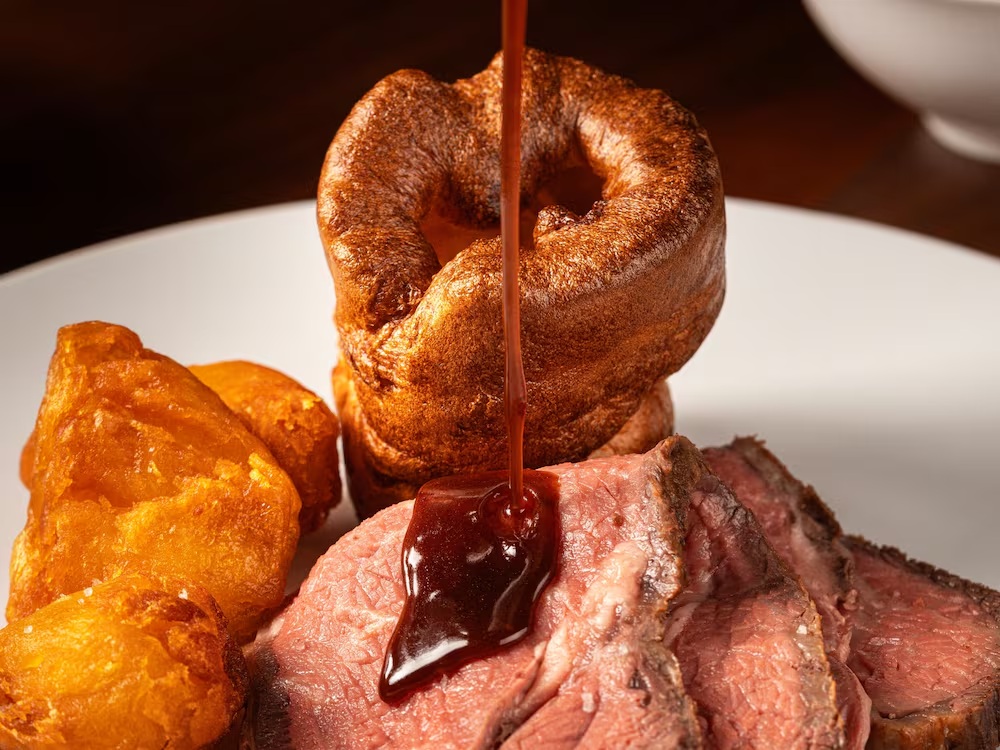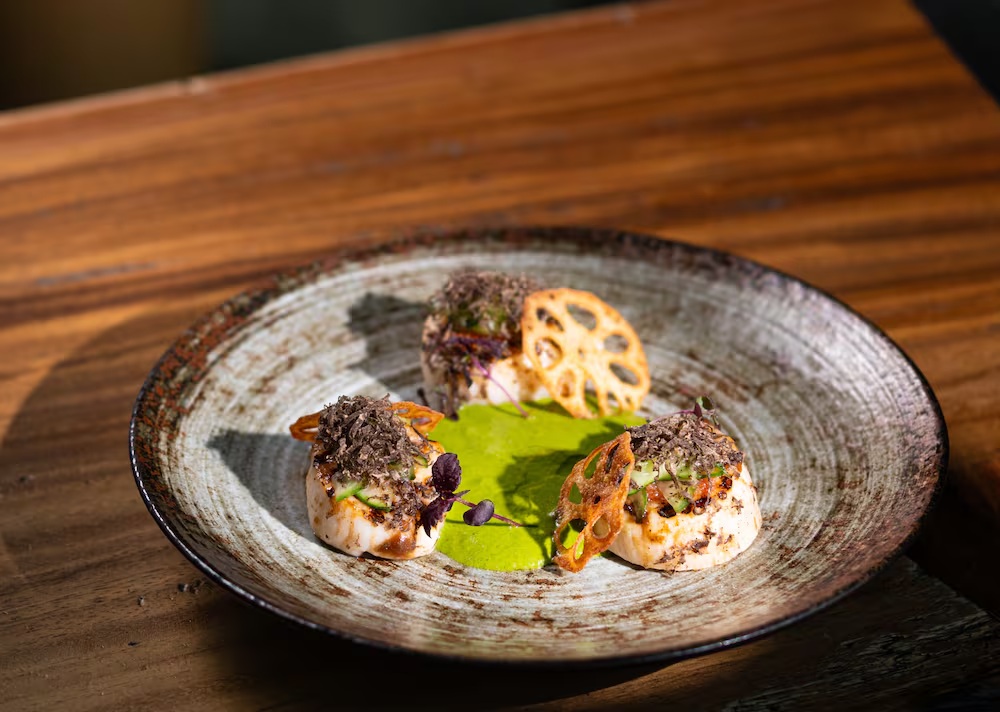Monitoring Desk
The cod was handsome, fresh and smelled like the sea: salt, iodine and cucumber. Ideally, we would have eaten it straight away, but other plans meant we stored it carefully in the fridge, where it stayed slightly longer than planned. Which meant that, while it was still perfectly good, by the time we came to cook it, a faint fishiness had set in – not unpleasant, but persistent.
Every time anyone opened the fridge, I could see their noses twitch, and thoughts flash across their face. “Dead fish,” noted one of the kids as they walked past, which is, of course, exactly what it was. I’m reading Harold McGee’s stupendous Nose Dive: A Field Guide to the World’s Smells at the moment, which begins by him reminding us that at any point in time, we are surrounded by swirling molecules, specks of matter that we perceive as smells and that are the makings of delight, disgust, understanding and wonderment. In the chapter on water, he describes how the decay and reactions in fish result in volatile molecules, most notably a potent one called TMA, for which the standard description is “fishy”. TMA is also present in some of the most challenging smells (guess – you are probably right) and “the bouquet of animal death in general”, which is why we have such a strong, primitive reaction when we perceive it, even if it’s just the faintest, perfectly normal whiff.
This is a recipe column, so I am, of course, talking about the faintest, perfectly normal whiff rushing from my mother’s otherwise immaculate fridge. That said, the fishy smell clung to my hands for hours, which I blame on Mum’s insistence that we remove the skin from the fish before cooking, so I pulled aggressively, maybe enjoying the fact that, even after 20 months apart, Mum is still my favourite kitchen companion and we can pick up exactly where we left off with our kitchen power struggles.
As well as McGee, I have been learning from the Marine Conservation Society’s constantly updated and clear-sighted guide to buying fish, which is presented in a traffic-light system of ratings. Dark green, or rated number one, is the best, most sustainably caught or responsibly farmed seafood. Light green, rated two, means it is a good choice, while fish rated three or listed orange is OK. Beyond that, four suggests there needs to be improvement, while a deep orange five indicates significant challenges with sustainability, but credible work is under way to making improvements: if not, it is listed red, which means avoid it. While green is heartening, obviously, I find the dark orange five heartening, too, in that it’s a reminder that good work can and is being done, that things change, and not always for the worst. At the moment, the MCS suggests that Atlantic cod from Iceland and the north-east Arctic are at sustainable levels, which is the source of most cod sold in the UK. It also reminds us that certification by the Marine Stewardship Council is something to look out for, and that hake is an even more sustainable alternative.
Mum made the sauce, and it was much better than the one I had planned. A couple of fresh red chillies sliced and fried gently in a good amount of olive oil, some minced garlic, three tins of whole plum tomatoes (chopped with scissors while still in the tin), a spoonful of tomato concentrate and a teaspoon of sweet paprika, plus salt and sugar to taste. Many Italians regard the addition of sugar to tomato sauce as an abomination, insisting that fat and salt balance acidity. True, if there is enough natural sweetness, but there often isn’t in tinned tomatoes, in which case a teaspoon of sugar is welcome. Especially in this dish, where a rich and rounded sauce is the perfect place for fat flakes of cod, olives and dots of salt in the form of capers.
The sauce must have simmered for 40 minutes, lid on to start, then uncovered and thickened until dense and rich and smelling familiar. We poached the fish directly in the sauce, with the lid on, which took only about 12 minutes, thanks to Mum’s insistence that we take its skin off. Such a good meal! Such fishy hands, which I rubbed with lemon, coffee and grass in Mum and Dad’s garden and washed with three types of soap, including charcoal. All the smells, as McGee notes – bits of the world swirling beneath my nose.
Cod (or hake) with tomatoes, olives and capers
Serves 4
Salt
4 x 150g cod (or hake) fillet steaks, or 1 whole 600g fillet, cut into 4 even pieces
6 tbsp olive oil
2 fresh red chillies, sliced
1-2 garlic cloves, peeled and sliced or minced
3 x 400g tins whole plum tomatoes, chopped with scissors
1 tbsp tomato concentrate
1 pinch sugar (optional)
1 handful black olives
1 handful capers under salt, rinsed
1 small handful flat-leaf-parsley, picked and chopped, plus extra to serve
Lightly salt the four pieces of fish and put to one side while you make the sauce.
In a large frying pan or shallow pan for which you have a lid, gently warm the olive oil and the chillies for a few minutes, until they sizzle. Keeping the flame low, add the garlic, stir for a few seconds, then add the tomatoes, tomato concentrate and a pinch of salt.
Leave the sauce to come up to a lively simmer, then turn it down to a gentle one, cover and leave for 30-40 minutes, every now and then lifting the lid to stir. Taste and adjust for salt, add a little sugar to sweeten, if you think it needs it, then stir in the olives, capers and parsley.
Lay the fish fillets in the sauce, making sure they are well spaced out and more or less immersed (they won’t be entirely covered). Cover the pan and cook on a medium-low heat for 10 to 15 minutes (or bake uncovered in a 220C (200C fan)/425F/gas 7 oven for the same amount of time). Serve topped with more chopped parsley.
Courtesy: theguardian








